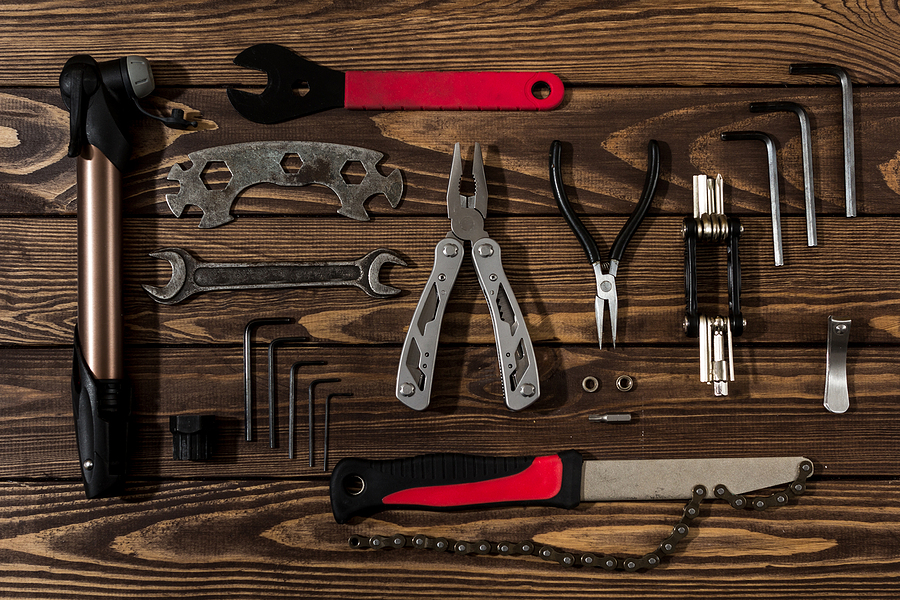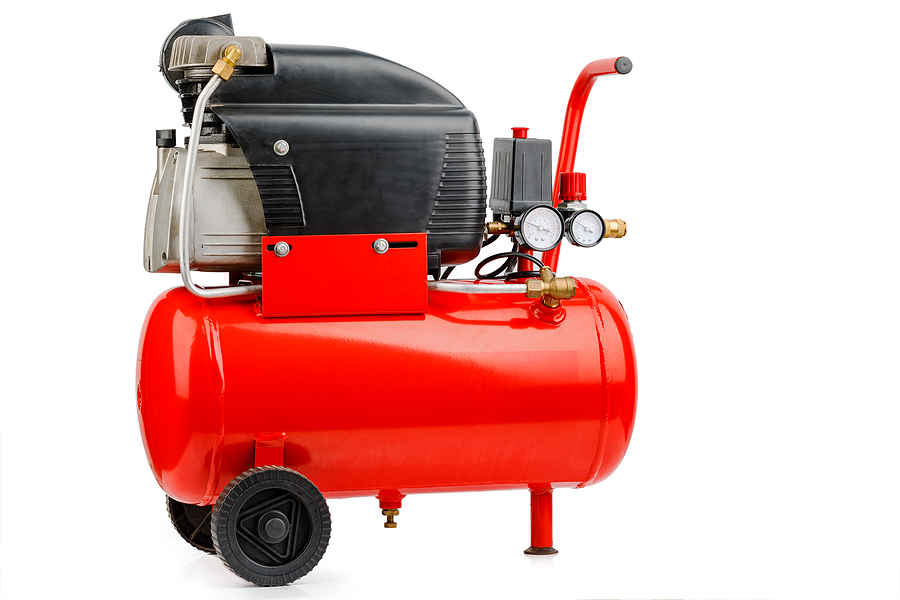A check valve is only one of the many devices used for process control. The purpose of this device is to stop or control backflow and protect the structural integrity of compressors and pumps. These valves come in a variety of sizes depending on what the installation requires. Some of the industries that use zone control valves include utility providers and mining companies.
Three common types of check valve
Here is a look at three types of check valves commonly used today:
- Swing check valves. This type of check valve has a full-port mechanism or design. What this means is that fully opening the disc puts the valve external to the flow of fluid. This specific check valve can be used in applications where the liquid contains high amounts of particles and requires a lower cycle count. Because of its full-port design, swing check valves close slower than other valves. Because of the gradual closure, one of the challenges in using a swing check valve is the effect of reverse flow. Reverse flow may result in water hammer that can cause pipe collapse, vibration, and noise.
- Silent spring-assisted axial flow check valves. This is a type of full-flow valve which has a stem-disc component and a compression spring. Unlike a swing check valve, the disc remains within the flow stream. Fluid flows around the disc, and the mechanism does not require automated or manual operation. As the pump operates, the valve remains open. When the pump shuts down, the valve will slightly close. Because of the compression spring, this check valve is not susceptible to the effects of water hammer.
- Double-door check valves. This type of valve has many similarities to a swing check valve. However, this valve improves on the closing mechanism because it has coiled springs that close off the valve quicker than a swing valve would. Nevertheless, this type of valve is still not the best choice in eliminating the effects of water hammer.
In selecting a check valve, most process engineers take into account the pressure class and line size alone. However, these parameters are not the only factors to consider in choosing the most suitable valve for a system. Some of the other essential elements include fluid flow rate, operating temperature, and working pressure.
Why is sizing a check valve necessary?
Some of the advantages of selecting the right valve size are as follows:
- It can help prevent costly failure and system downtime.
- Significantly increase the valve operating life by reducing the occurrence of vital valve parts breaking off due to premature wear and tear.
- When the valve is installed upstream, selecting the right size and position protects the pump by preventing backflow which causes severe damage to the system.
- Reduces the effects of water hammer.
In most applications, it is not always true that standard and off the shelf valves are the only option. It is possible to have a check valve customized for enhanced performance and longer lifespan for the system.
Image Source: BigStock.com (licensed)
Related Categories: Cars & Vehicles, Reviews







